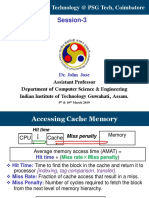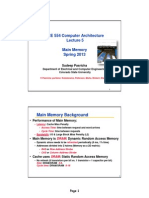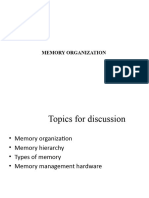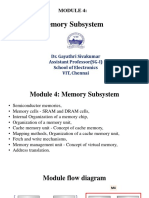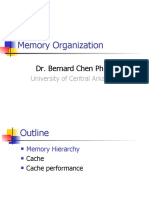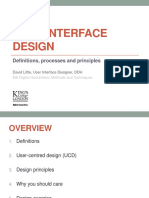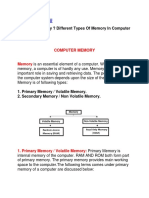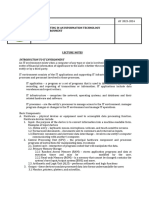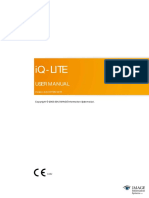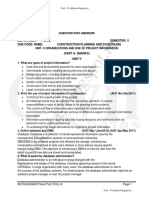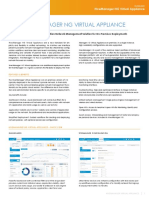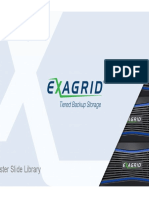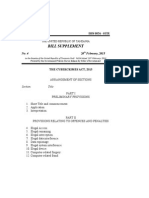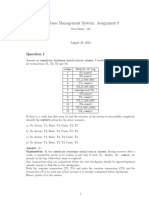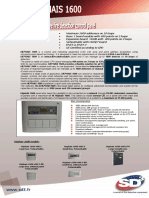0% found this document useful (0 votes)
300 views69 pagesComputer Architecture: Main Memory
This document provides an overview of main memory and DRAM organization. It discusses the ideal properties of memory, tradeoffs that arise due to technology limitations, and the use of DRAM banks, ranks, modules, and channels to optimize memory performance. The memory hierarchy is introduced as a way to balance latency, cost, size and bandwidth by employing multiple memory levels with different properties close to the CPU.
Uploaded by
Ermin SehicCopyright
© © All Rights Reserved
We take content rights seriously. If you suspect this is your content, claim it here.
Available Formats
Download as PDF, TXT or read online on Scribd
0% found this document useful (0 votes)
300 views69 pagesComputer Architecture: Main Memory
This document provides an overview of main memory and DRAM organization. It discusses the ideal properties of memory, tradeoffs that arise due to technology limitations, and the use of DRAM banks, ranks, modules, and channels to optimize memory performance. The memory hierarchy is introduced as a way to balance latency, cost, size and bandwidth by employing multiple memory levels with different properties close to the CPU.
Uploaded by
Ermin SehicCopyright
© © All Rights Reserved
We take content rights seriously. If you suspect this is your content, claim it here.
Available Formats
Download as PDF, TXT or read online on Scribd
/ 69


